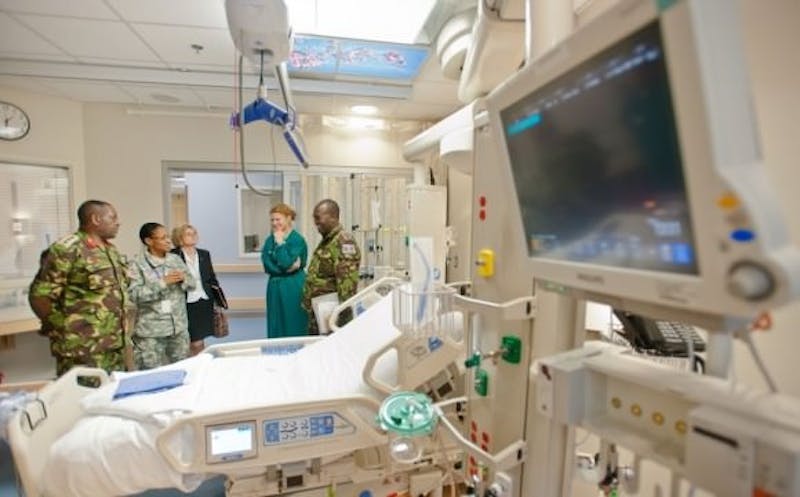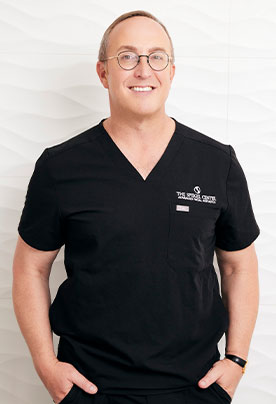
Those who fight for their country put their lives on the line every day and are frequently wounded in the line of duty as a result. New advances in dermatology are allowing doctors to help aid the recovery of these wounded heroes.
Laser Surgery
Depending on the severity of an injury, substantial scarring is sometimes unavoidable. This can cause problems with mobility and range of motion, due to the tightness of the scar tissue. New laser surgery techniques are allowing dermatologists to improve both the physical and aesthetic problems that soldiers find themselves facing during and after recovery. While this cannot generally remove scars entirely, it can help increase overall quality of life for the patient.
Physical and Cosmetic Aspects
The main benefit of this type of procedure is the loosening of the skin, especially in areas such as the face and hands, which are constantly in motion. This is especially important with facial injuries around the mouth and eyes, allowing patients the ability to open their mouths more easily. It also offers a great improvement in both scar color and texture. Any scar can be treated regardless of how long ago the wound occurred, making it a great option for retired veterans as well as active duty service members.
Best Practices
Treating a scar early offers the best results, because the scar hasn’t had time to thicken or harden. Most patients go through three or four treatments every 3-6 months. Location is very important, as some scars are easier to treat than others. Scars on large body parts, such as the torso, may require a more traditional surgery. The same goes for very broad scars, such as those caused by third degree burns, and any other injury that causes large amounts of tightening underneath the skin.
Botulinum Toxin
Botulinum toxin, most often used in cosmetic Botox injections, is also becoming very useful for amputees. Injections of this substance every 6-12 months prevent perspiration where a prosthetic limb attaches to the body. This helps to prevent painful chafing and skin chapping, especially in hot and humid environments. The loss of a limb doesn’t mean that the injured party can no longer remain active and this procedure helps to make it easier for him or her.
Good and Bad
While the use of botulinum toxin is very helpful, it can also be extremely uncomfortable. T he procedure requires the patient to receive hundreds of tiny injections in the affected area and as mentioned before, has to be repeated every 6-12 months to ensure maximum efficacy. The procedure is extremely safe though, and is ideal for soldiers who have lost limbs but wish to continue to hike, run, dance, or simply move about without the aid of a wheel chair or crutches.
Medicine is making great strides forward every day to help ensure that those who are wounded fighting for this country are able to live out the rest of their lives in health and comfort. Please visit http://www.sciencedaily.com/releases/2014/03/140321094707.htm for more information about these and other fantastic innovations.
Image Source: Flickr/Creative Commons/Army Medicine





